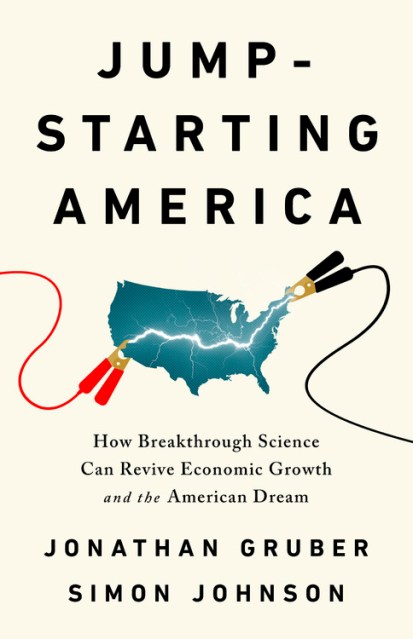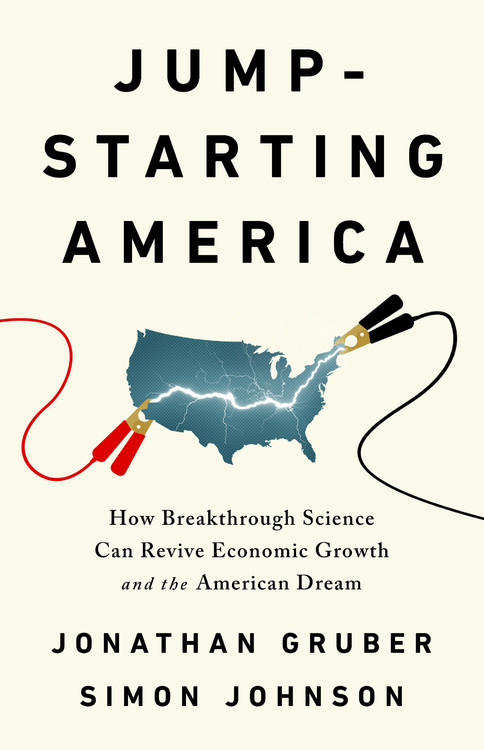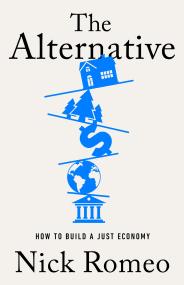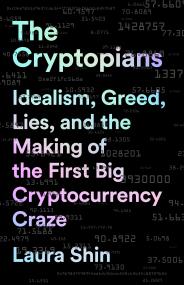Promotion
Use code MOM24 for 20% off site wide + free shipping over $45
Jump-Starting America
How Breakthrough Science Can Revive Economic Growth and the American Dream
Contributors
Formats and Prices
Price
$39.00Price
$49.00 CADFormat
Format:
- Hardcover $39.00 $49.00 CAD
- ebook $11.99 $15.99 CAD
- Audiobook Download (Unabridged)
- Trade Paperback $19.99 $24.99 CAD
This item is a preorder. Your payment method will be charged immediately, and the product is expected to ship on or around April 9, 2019. This date is subject to change due to shipping delays beyond our control.
Also available from:
The American economy glitters on the outside, but the reality is quite different. Job opportunities and economic growth are increasingly concentrated in a few crowded coastal enclaves. Corporations and investors are disproportionately developing technologies that benefit the wealthiest Americans in the most prosperous areas — and destroying middle class jobs elsewhere. To turn this tide, we must look to a brilliant and all-but-forgotten American success story and embark on a plan that will create the industries of the future — and the jobs that go with them.
Beginning in 1940, massive public investment generated breakthroughs in science and technology that first helped win WWII and then created the most successful economy the world has ever seen. Private enterprise then built on these breakthroughs to create new industries — such as radar, jet engines, digital computers, mobile telecommunications, life-saving medicines, and the internet– that became the catalyst for broader economic growth that generated millions of good jobs. We lifted almost all boats, not just the yachts.
Jonathan Gruber and Simon Johnson tell the story of this first American growth engine and provide the blueprint for a second. It’s a visionary, pragmatic, sure-to-be controversial plan that will lead to job growth and a new American economy in places now left behind.
Genre:
- On Sale
- Apr 9, 2019
- Page Count
- 368 pages
- Publisher
- PublicAffairs
- ISBN-13
- 9781541762480
Newsletter Signup
By clicking ‘Sign Up,’ I acknowledge that I have read and agree to Hachette Book Group’s Privacy Policy and Terms of Use








